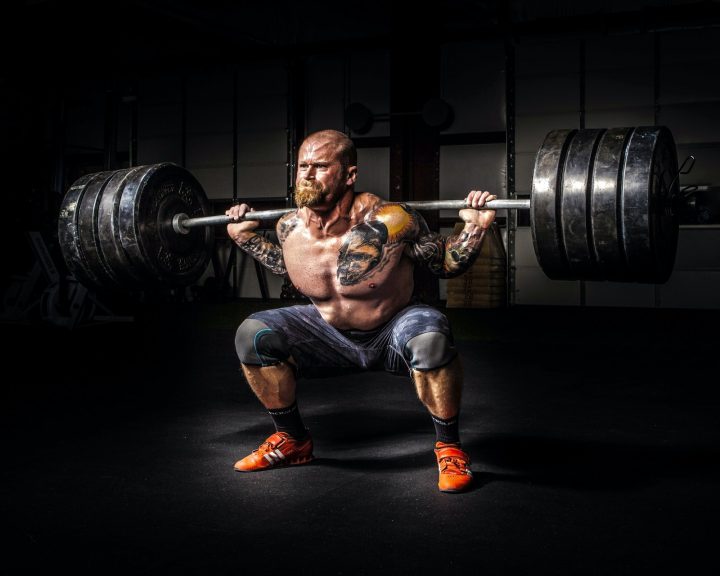As of the writing of this post, 15 Major League Baseball pitchers have already undergone Tommy John surgery (also known as UCL reconstruction) or will undergo it this season. There are a lot of theories about why this is the case. Year-round pitching starting at the age of eight, velocities, and pressure to just get the surgery and be done with it. The question with UCL reconstruction is whether or not pitchers are able to return to the performances they were capable of prior to the injury. A study by Jiang and Leland in the April 2014 issue of The American Journal of Sports Medicine looked at 38 Major League Baseball pitchers who had UCL reconstruction (i.e. Tommy John surgery). The study compared their pitching during a year before the injury with the two years after the injury. In addition to looking at pitchers who needed UCL reconstruction, they were compared with a control group of Major League Baseball pitchers.
Results:
• Of the 38 pitchers studied, 79% were able to return to pitching at the Major League level. The mean time to return was a little over 17 months after the surgery.
• When analyzing the major pitches, there was a decline in pitching velocity from the year before the injury compared to 1, 2, and 3 years after the injury. This decline increased each year after the injury and was worse for changeups and curveballs. The decline ranges from 1% to almost 6%.
• However, when compared to the uninjured control group, the decline was similar between both groups!
• When compared to the control group, the injured pitchers threw fewer innings the year of the surgery and the first year after, threw the same number of innings the second year after surgery, and threw more the third year – though this difference was not statistically significant.
• The injured group had a slightly higher ERA than the control group the year before the surgery and the year of, but had an identical ERA to the control group for each year after surgery.
• There were no statistically significant differences between opponents’ batting averages, walks per nine innings, strikeouts per nine innings, and walks plus hits per inning pitched between the pitchers post injury and the control group.
The results are very interesting. The results show a decline in pitching velocity over time, but the decline is essentially the same for both the group that had surgery as well as the group that was uninjured. They suggest that, with proper rehab, pitchers who come back from Tommy John surgery are not negatively impacted in terms of their performance compared with the uninjured pitchers.
Now, a few things to point out. Only 30 of the 38 pitchers studied made it back to the Major Leagues. This is a very small, unique sample of athletes. It should be remembered that this is a very motivated, highly trained group of subjects that has access to the best in terms of sports medicine and rehab. These findings don’t necessarily hold true for a 17-year old high school pitcher.
Jiang, J.J. and Leland, J.M. (2014). Analysis of pitching velocity in Major League Baseball players before and after ulnar collateral ligament reconstruction. The American Journal of Sports Medicine, 42(4), 880-885.



